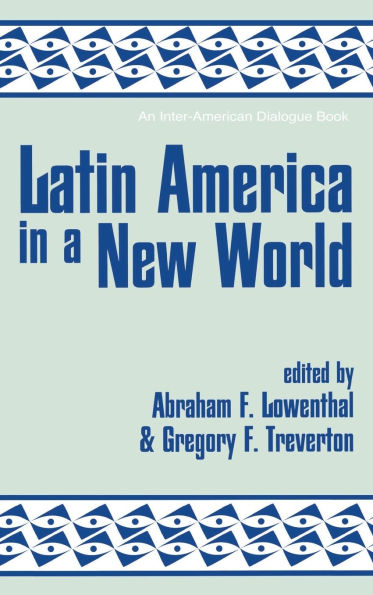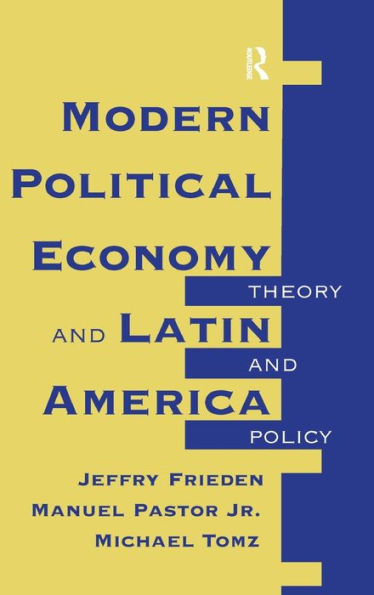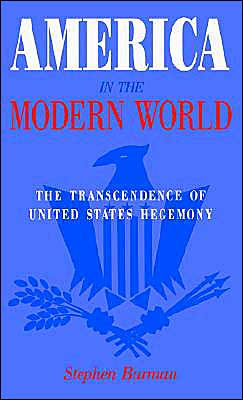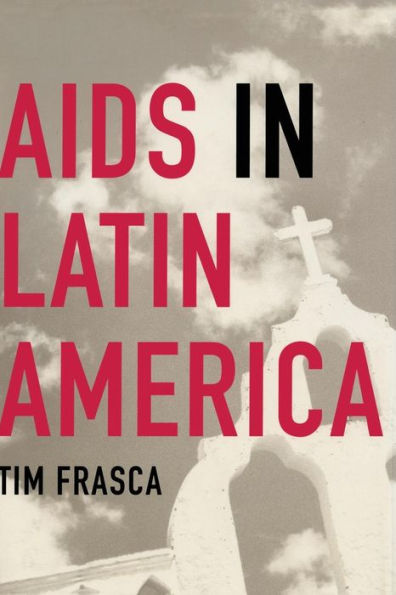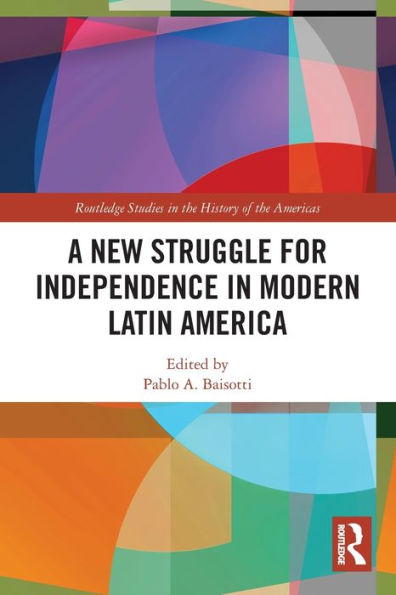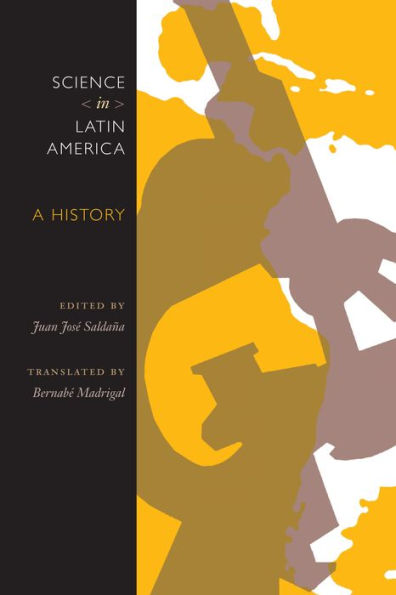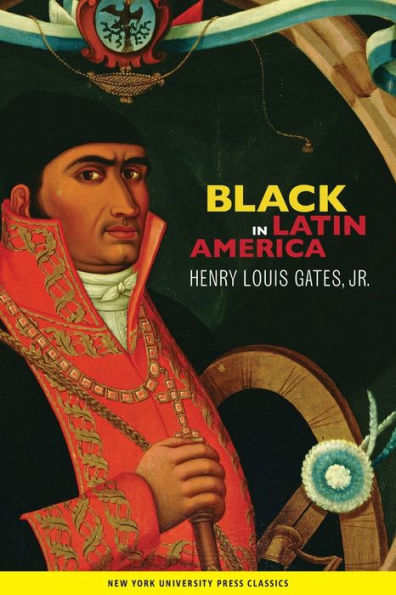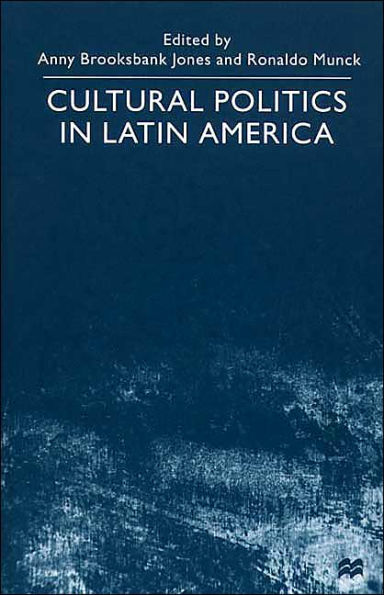Home
Latin America the Modern World
Barnes and Noble
Latin America the Modern World
Current price: $47.99
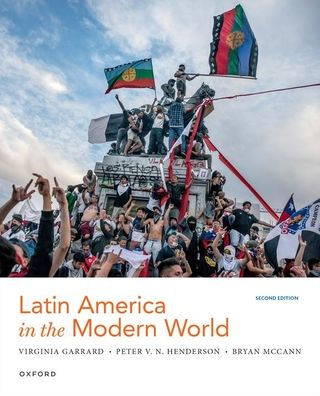

Barnes and Noble
Latin America the Modern World
Current price: $47.99
Size: Other Format
Loading Inventory...
*Product information may vary - to confirm product availability, pricing, shipping and return information please contact Barnes and Noble
Latin America in the Modern World
is the first text to situate the history of Latin America within a wider global narrative. Written by leading scholars, the book focuses on five themes: state formation; the construction of national identity through popular culture and religion; economics and commodities; race, class, and gender; and the environment. Emphasizing the distinct experiences of each of the Latin American countries, the book provides students with an entry point into understanding this vital region.
Instead of suggesting that all Latin American nations have an interchangeable heritage, the authors seek to clearly identify themes, topics, people, and intellectual currents that help to knit the history of modern Latin America into a coherent category of study. While providing in-depth coverage of the history of the three largest Latin American countries (Mexico, Brazil, and Argentina),
also offers case studies from almost all of the countries, including Central American and Andean nations.
is the first text to situate the history of Latin America within a wider global narrative. Written by leading scholars, the book focuses on five themes: state formation; the construction of national identity through popular culture and religion; economics and commodities; race, class, and gender; and the environment. Emphasizing the distinct experiences of each of the Latin American countries, the book provides students with an entry point into understanding this vital region.
Instead of suggesting that all Latin American nations have an interchangeable heritage, the authors seek to clearly identify themes, topics, people, and intellectual currents that help to knit the history of modern Latin America into a coherent category of study. While providing in-depth coverage of the history of the three largest Latin American countries (Mexico, Brazil, and Argentina),
also offers case studies from almost all of the countries, including Central American and Andean nations.
